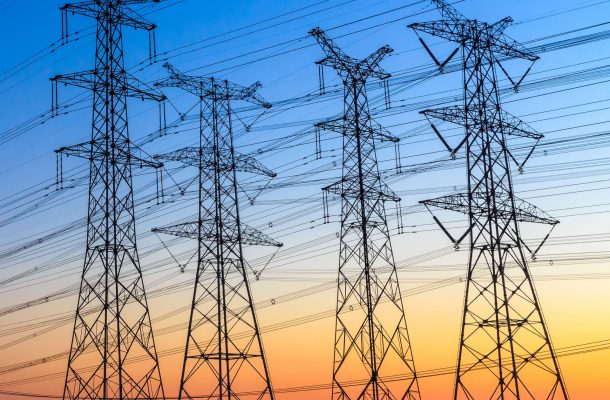Our annual business plan explains our activities for each coming year; this includes how we manage our services, work with stakeholders to evolve the BSC, and support progress to net zero.
Initially, a draft business plan is published each December and sent out to the industry for feedback. The feedback is gathered and addressed and a completed business plan is published by the end of March, the following year.


